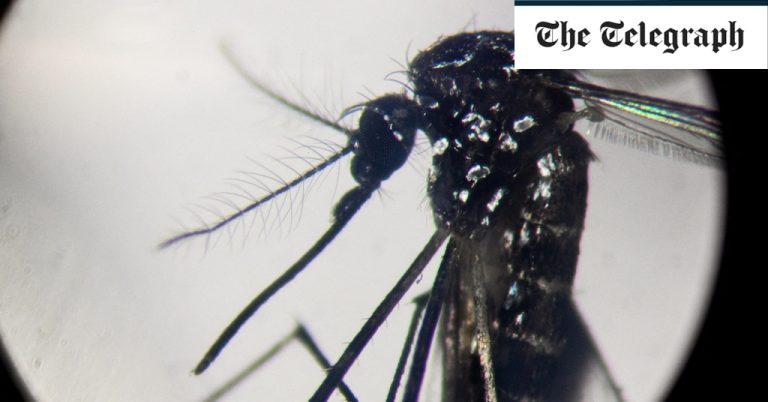A public health emergency was declared in Peru last month, where authorities have constructed emergency field ward tents on sports pitches to deal with a deluge of cases in the country’s northwestern region of Piura.
The outbreaks have been linked to climate change, the El Nino weather phenomenon and urbanisation, plus the lifting of restrictions and travel rebound post-Covid.
Although the Japanese-made Qdenga vaccine has recently been approved for use, the jabs are in limited supply and are unlikely to halt the upsurge in infection.
Brazil, grappling with 2.8 million cases, has secured doses to vaccinate only 3.3 million people this year.
Around four billion people, or about half the world’s population, live in areas with a risk of contracting dengue, although most will be asymptomatic.
Mild illness symptoms include a high fever, headache, vomiting, skin rash, and muscle and joint pain.
In severe cases it can cause hemorrhagic fever, resulting in bleeding that can lead to death.
Protect yourself and your family by learning more about Global Health Security
